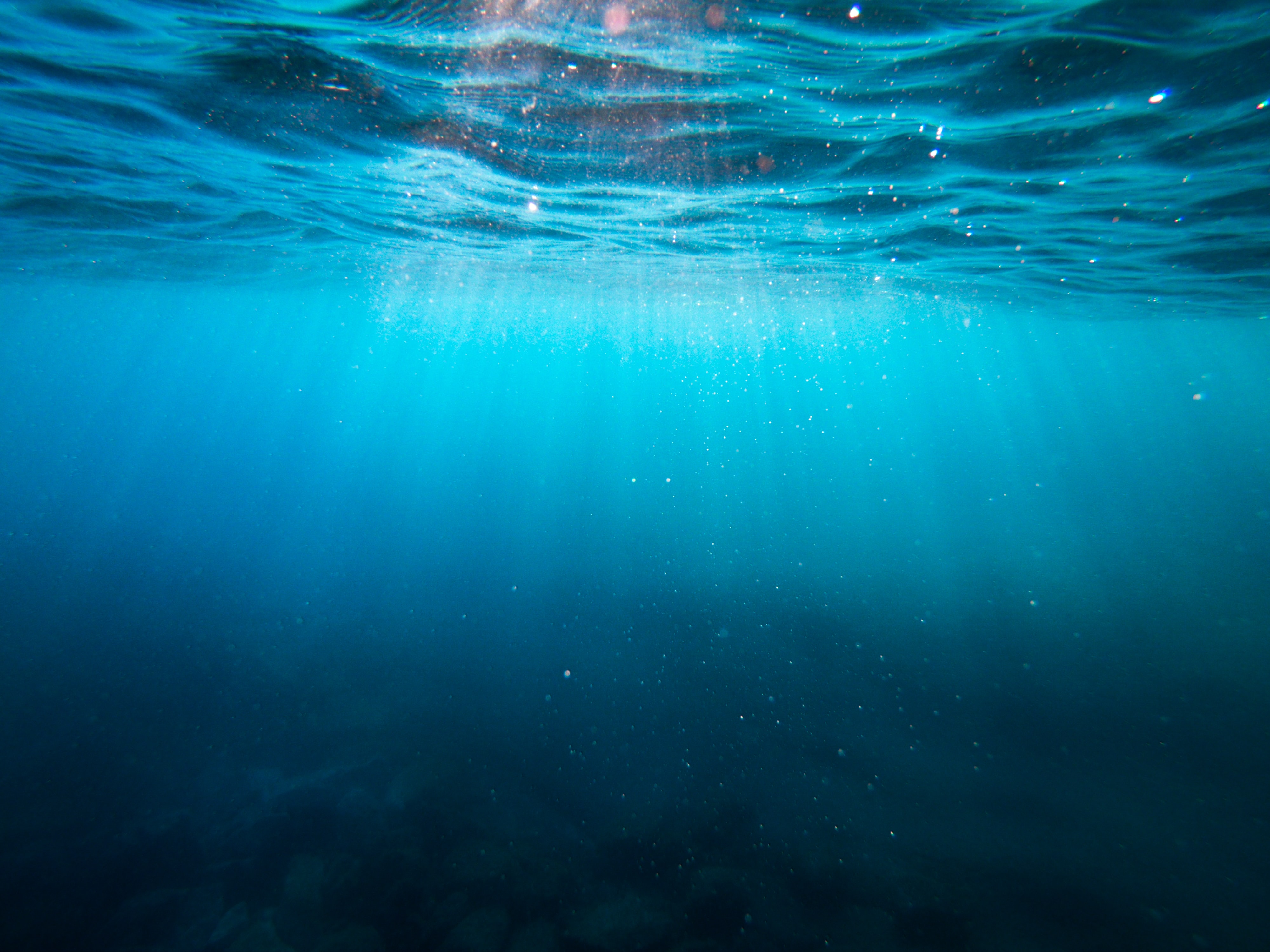Carbon Capture and Storage (CCS) is a key process to counteract the increase of CO2 in the atmosphere and through which the capture and storage of large amounts of this greenhouse gas is possible. Among the various phenomena that ensure the absorption of CO2, two types of seaweeds abundant in the Venetian lagoon play a key role: macroalgae, which are visible to the naked eye, and phytoplankton, which are microscopic.
These underwater organisms capture CO2 through photosynthesis. When winter comes, they die and settle in the muddy seabed, thus acting as true carbon dioxide storage systems. The process enables the brackish lagoon water to capture large amounts of atmospheric CO2 permanently and naturally.
The maintenance work carried out regularly in the valley is the activity that ensures the health of the environment and its balance. The absence of such interventions, even for just a few years, leads to clogging and anoxia, causing the loss of both the valley's environmental characteristics and the variety of living species that inhabit it. These care activities by the Blue Valley partner thus promote the increase of biodiversity and contribute significantly to the absorption of CO2 from the atmosphere.
The carbon credits generated by this activity are of the voluntary type (VER-VCS), guaranteed according to the reference practice UNI PDR 99:2020, and benefit from βNeutral certification issued by Bios srl, a leading certifying body in the sector. The certification process was followed by D&D Consulting.
The financed project not only allows offsetting greenhouse gas emissions but is also a concrete help in the service of safeguarding the lagoon environment, which, as evidenced by the UNESCO World Heritage seal, is unique in the world.









